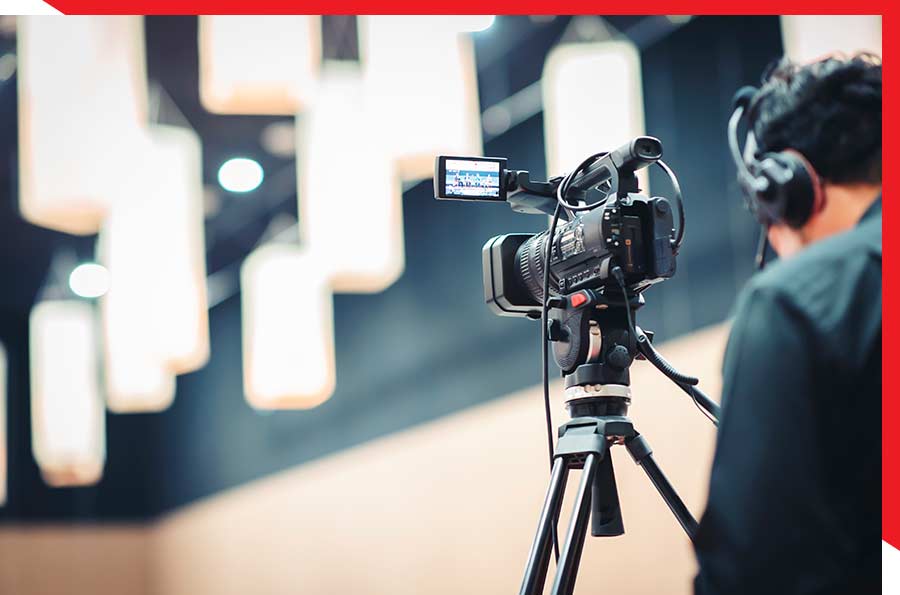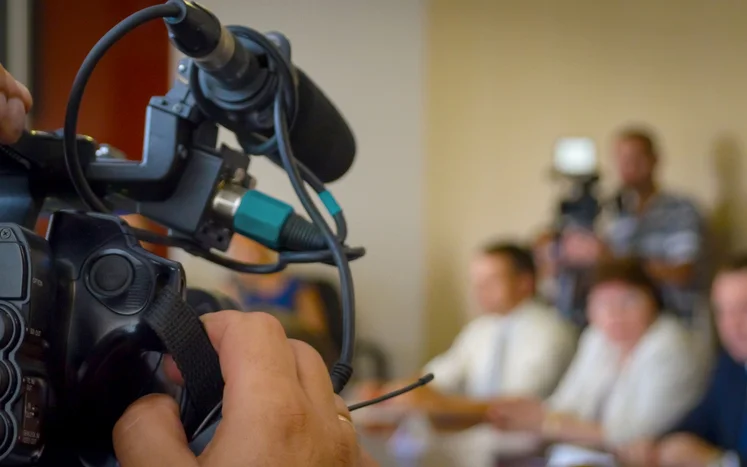The Ultimate Overview to Legal Videography for Lawyer and Legal Teams
The Ultimate Overview to Legal Videography for Lawyer and Legal Teams
Blog Article
Looking Into the Devices of Legal Videography: Unveiling Its Procedure in Safeguarding Authentic Visual Testament for Judicial Proceedings
In the realm of judicial process, the role of legal videography stands as a cornerstone in preserving and presenting aesthetic proof. As technology continues to development, the systems behind legal videography have actually come to be progressively intricate, using an essential layer of authenticity to testimonies recorded on video.
Historic Advancement of Legal Videography
Analyzing the historical progression of legal videography discloses a significant improvement in the capturing and presentation of visual proof within the legal landscape. In the past, legal process greatly relied upon composed records and photos to record events and give evidence. With the introduction of video clip modern technology, the legal industry observed a paradigm change in just how aesthetic testament was caught and presented.
The advancement of lawful videography can be mapped back to the late 20th century when developments in video clip recording equipment made it a lot more available for usage in court rooms. This technological development not only boosted the accuracy and dependability of visual proof yet also revolutionized the way cases were provided to discretionary (Legal Videography). Attorneys started to recognize the influential power of video clip recordings in conveying feelings, subtleties, and non-verbal cues that created records or photographs alone can not record efficiently

Innovation Developments in Video Clip Documentation
What essential technical improvements have transformed video clip documentation in the lawful area? The lawful field has seen considerable improvements in video clip documentation innovation that have enhanced the authenticity and reliability of aesthetic evidence in judicial procedures. One of the crucial improvements is high-def (HD) video recording capabilities, which offer crystal-clear images and sharp details that are vital for accurately recording testimonies, faces, and other visual cues. Furthermore, the integration of timestamping and metadata attributes in video clip documents tools has actually made it possible for precise documentation of when and where the video was tape-recorded, making sure the stability of the evidence provided in court.
Furthermore, innovations in video security and watermarking modern technologies have actually bolstered the safety and security and tamper-proof nature of video proof, guarding it against unapproved changes or tampering. Moreover, the introduction of cloud storage options and remote accessibility capabilities has structured the storage, retrieval, and sharing of video clip proof, facilitating smooth cooperation amongst lawyers and guaranteeing efficient accessibility to crucial aesthetic testaments when needed. These technical innovations in video paperwork have undoubtedly revolutionized the lawful area, enhancing the accuracy, credibility, and admissibility of aesthetic evidence in judicial procedures.
Function of Legal Videographers in Courtroom Setups
The advancement of video clip documents technology in the legal area has actually required a vital function for lawful videographers in court room setups, ensuring the stability and integrity of check visual testaments provided throughout judicial proceedings. Lawful videographers play a basic role in capturing and maintaining accurate aesthetic evidence that can be essential in litigation. Their responsibility reaches establishing equipment, tape-recording process, and producing premium video clips that precisely mirror the occasions in the courtroom.
In court room setups, legal videographers have to stick to rigorous guidelines and criteria to maintain the credibility of the visual record. They need to possess an eager eye for information and a comprehensive understanding of legal procedures to make certain that the footage they catch is a true representation of the occasions that transpired. In addition, lawful videographers typically function carefully with lawful teams to make sure that the video proof straightens with the situation's requirements and can be effectively provided in court to sustain the legal disagreements being made. On the whole, the function of legal videographers in court setups is important in maintaining the concepts of justice and making certain the transparency of lawful procedures.

Ensuring Admissibility and Integrity of Video Proof
To preserve the reliability of aesthetic proof presented in legal proceedings, ensuring the admissibility and honesty of video clip evidence is an essential duty for lawful videographers. Admissibility describes the approval of proof by the court, and for video evidence to be acceptable, it needs to fulfill specific standards. Lawful videographers play a critical duty in making certain that the videos they capture adhere to the regulations of evidence, such as authenticity, dependability, and relevance.
Integrity of video clip proof involves maintaining the creativity and precision of the footage from the time it is taped till it exists in visit court. This consists of safely saving the video clip files, documenting the chain of custodianship, and avoiding any type of meddling or changes. Lawful videographers must abide by stringent procedures to ensure the integrity of the video clip evidence and prevent any difficulties to its credibility.
Future Trends in Legal Videography
Offered the raising reliance on technology in legal proceedings, legal videographers are poised to embrace innovative improvements shaping the future of visual testimony capture and discussion. Among the famous trends coming up is the integration of virtual fact (VR) and enhanced fact (AR) innovations right into legal videography. These modern technologies have the possible to reinvent exactly how visual proof exists in courts, enabling courts and courts to immerse themselves in the scene of the crime or occurrence.
In addition, making use of man-made knowledge (AI) formulas for video clip analysis is anticipated to enhance the procedure of assessing and analyzing big quantities of video clip footage. AI can help in recognizing crucial minutes, abnormalities, and patterns within videos, enhancing the efficiency of legal investigations.

Final Thought
In conclusion, lawful videography has played a crucial function in providing genuine aesthetic proof for judicial process. Via technological improvements and the know-how of legal videographers, the honesty and admissibility of video clip evidence are made sure in courtroom setups. As legal videography continues to advance, it will be necessary to copyright requirements that keep the accuracy and integrity of aesthetic testament for the future of legal procedures.
Analyzing the historical development of lawful videography exposes a substantial change in the recording and presentation of visual proof within the legal landscape.The development of video documentation technology in the legal field has required a critical role for legal videographers in court room settings, ensuring the stability and integrity of aesthetic testimonies presented throughout judicial proceedings. Additionally, legal videographers typically work closely with legal teams to guarantee that the video proof straightens with the case's demands and can be effectively offered in court to sustain the legal arguments being made.To preserve the trustworthiness of aesthetic evidence offered in lawful process, ensuring the admissibility and integrity of video clip evidence is a critical duty for legal videographers. As legal videography proceeds to evolve, it will certainly be necessary to maintain standards that preserve the accuracy and dependability of visual testament for the future of lawful procedures.
Report this page